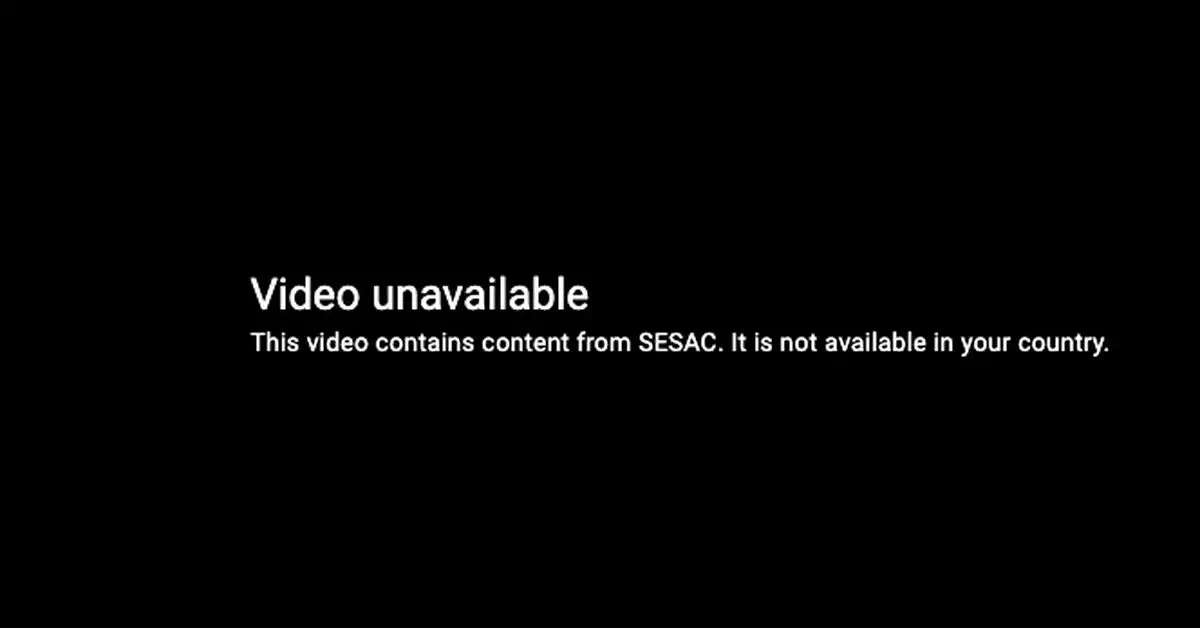In a surprising turn of events on a seemingly ordinary Saturday, YouTube and YouTube Music users were left in dismay when they encountered a wave of “Video unavailable” messages. These notifications were a stark departure from the rhythmic melodies of some of the most beloved artists, including Adele, Kendrick Lamar, Britney Spears, and Kanye West. Users flocking to enjoy streaming favorites found instead a reminder of the complexities of music licensing, sparking questions about the organization responsible for this disruption: SESAC.
The Society of European Stage Authors and Composers, known as SESAC, is a lesser-known entity compared to its more prominent counterparts, BMI and ASCAP. Established in 1930, SESAC plays a crucial role in licensing the public performance of over 1.5 million songs. It represents a diverse group of more than 15,000 songwriters, composers, and music publishers, making it a vital player in the music licensing realm. Its recent acquisition by Blackstone, a private equity firm, in 2017 has only added layers to its operational capacity, but also questions regarding its strategic direction and dealings in the industry.
The abrupt removal of a notable library of music has not only frustrated listeners but has also opened the door to extensive discussions surrounding copyright and licensing negotiations between streaming services and rights organizations. The precise details concerning the timeline for reinstating these tracks remain murky. While SESAC provides a searchable database to track its repertoire, the inconsistency in access is evident—some songs are still available, while others, like parts of Kanye West’s portfolio, seem selectively blocked. This inconsistency has heartened many music fans and pointed to a deeper issue within music rights management.
In light of these developments, it’s clear that the dispute originated from a breakdown in negotiations regarding SESAC’s licensing agreements with YouTube. Mariana de Felice, a spokesperson for YouTube, confirmed that they were engaged in “good faith negotiations” in an attempt to renew their contract. Despite these efforts, progress was stymied, ultimately leading to the disruption of access to content represented by SESAC. The details of these negotiations remain undisclosed, but they highlight the ongoing tension that exists in the industry regarding content ownership and distribution.
For music enthusiasts, the current turmoil presents a frustrating reality—one where access to beloved tracks can be abruptly severed by the intricacies of licensing deals. As both YouTube and SESAC strive to mend this relationship, the ramifications for artists, listeners, and the broader music industry are significant. The outcome of this situation not only shapes the immediate music landscape but also poses critical questions regarding the future of streaming platforms and their stability in managing rights and negotiations. As negotiations continue, it remains to be seen when, or if, the music will return, leaving fans in a state of suspenseful anticipation.


Leave a Reply